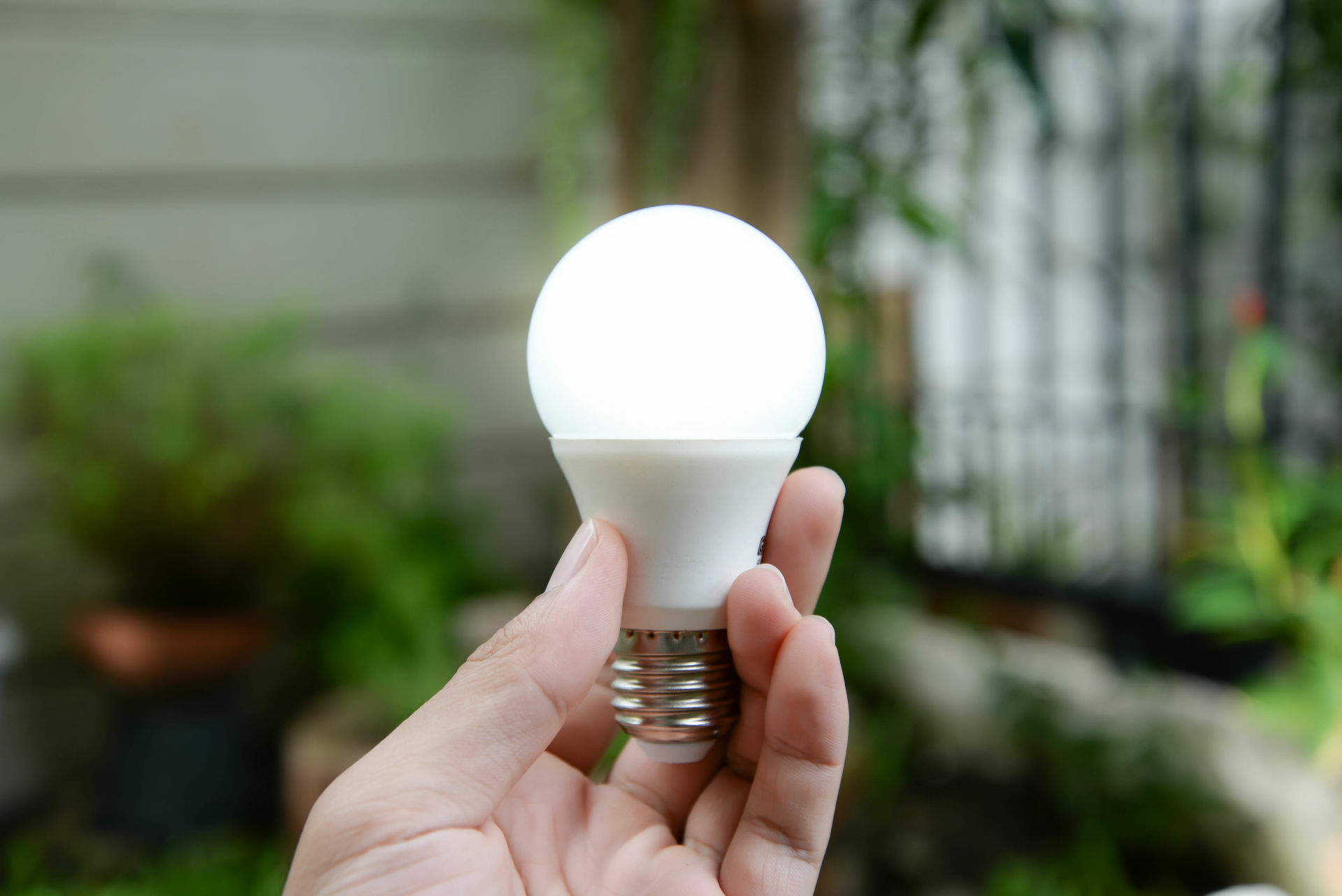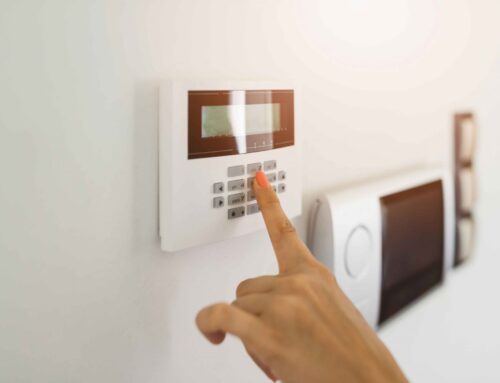Are LED Lights Better Than Regular Light Bulbs?
In recent years, the lighting industry has seen a significant shift from traditional incandescent and fluorescent bulbs to more energy-efficient and long-lasting LED (Light Emitting Diode) lights. This transition has sparked debates and discussions about whether LED lights are truly better than regular light bulbs. In this blog, we’ll explore the various aspects of both lighting technologies to help you make an informed decision about which is the better choice for your needs.
1. Energy Efficiency
One of the most compelling arguments in favor of LED lights is their superior energy efficiency. Traditional incandescent bulbs emit light by heating a filament, which consumes a significant amount of energy. In contrast, LED lights operate on a completely different principle, where electricity is directly converted into light, making them much more energy-efficient. LED bulbs typically use 75-80% less energy than incandescent bulbs for the same level of brightness. This not only reduces your electricity bill but also lowers your carbon footprint.
2. Longevity
LED lights have a much longer lifespan compared to regular light bulbs. While incandescent bulbs may last for around 1,000 hours, and fluorescent bulbs for approximately 8,000 hours, LED lights can last up to 25,000 hours or more. This longevity not only saves you money on replacements but also reduces the amount of waste going to landfills, making LEDs a more environmentally friendly choice.
3. Durability
LED lights are more durable and robust than traditional light bulbs. They are constructed with solid-state components that are less prone to damage from vibrations and shock. This makes them ideal for use in applications where traditional bulbs might easily break, such as in outdoor lighting, automotive lighting, and commercial settings.
4. Instantaneous Light
When you flip the switch, LED lights provide instantaneous illumination, whereas some fluorescent lights can take a few seconds to reach their full brightness. This quick start-up time can be crucial in situations where immediate lighting is needed for safety or convenience.
5. Color Rendering
LED lights offer excellent color rendering properties, meaning they can accurately reproduce the true colors of objects under their illumination. This makes them preferable for applications where color accuracy is essential, such as in art studios, retail stores, and photography studios.
6. Directional Lighting
LEDs emit light in a specific direction, which allows for better control and precision in lighting design. This feature makes them highly suitable for spotlights, task lighting, and architectural applications.
7. Heat Generation
Incandescent bulbs are notorious for generating a significant amount of heat during operation, which can be a fire hazard and cause discomfort in enclosed spaces. LEDs, on the other hand, produce very little heat, making them safer and more comfortable to use.
8. Cost Considerations
While LED bulbs may have a higher upfront cost compared to incandescent or fluorescent bulbs, their longer lifespan and energy efficiency result in substantial cost savings over time. In many cases, the initial investment in LED lighting is recouped through reduced energy bills and fewer replacement purchases.
Conclusion
In the ongoing debate of LED lights vs. regular light bulbs, it’s clear that LEDs offer numerous advantages in terms of energy efficiency, longevity, durability, and overall performance. While they may come with a slightly higher upfront cost, the long-term benefits far outweigh this initial investment. Whether you’re looking to reduce your energy consumption, lower your electricity bills, or simply enjoy better lighting quality, LED lights are a smart choice that aligns with modern sustainability goals. So, if you haven’t already, consider making the switch to LED lighting for a brighter and more energy-efficient future.




